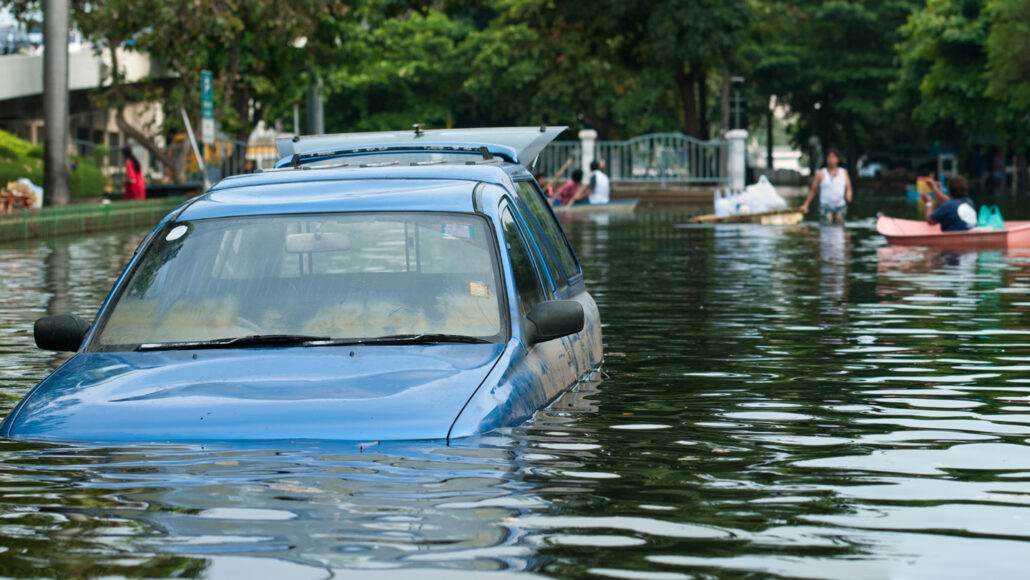Questions for ‘Warming cities may see more rain — and frequent flooding’

Cities build systems to take away excess water when it rains. But as urban areas get hotter — and wetter — those systems are more likely to fail.
gdagys/E+/Getty Images Plus
Come explore with us!

Cities build systems to take away excess water when it rains. But as urban areas get hotter — and wetter — those systems are more likely to fail.
gdagys/E+/Getty Images Plus
To accompany “Warming cities may see more rain — and frequent flooding”
1. It doesn’t rain as much or as often everywhere. What conditions tend to make some regions more or less likely to get a lot of rain?
2. Communities that often get lots of rain have to prepare for potential deluges or they could see flooding. What are 3 types of things a city might do to make itself better able to deal with major rainfalls?
1. Marshall Shepherd initially thought Atlanta’s massive September 2009 flood was just due to a freak combination of ordinary weather conditions. His later analysis would show he was wrong. What does he now say made the rain especially bad?
2. What share of the flooding did his research attribute to aspects of the city?
3. How do water (or rain) droplets form in clouds? What role do “seeds” play in rain?
4. What is an urban rain effect?
5. What is an urban heat island and what aspects of a city contribute to it? What role can urban heat islands play in the urban rain effect?
6. Why can pollution in cities like Tokyo and Houston affect rainfall?
7. What makes the rainfall in Tokyo more acidic than normal rain would be?
8. What type of project did Furr High School students undertake to better understand flooding and its impacts on their neighborhood?
9. Lauren McPhillips says most people ignore storm-water management. What reasons does she give for that?
10. What are rain gardens and how are some cities using them to avoid flooding? (Hint: Check out the sidebar.)
1. The story says that a flood-prone city’s low-income people often suffer more from poorly managed water. Why might that be? (Hint: Consider what makes certain places more affordable.)
2. If money were no object (although it always is), what four innovations would you suggest bringing into flood-prone neighborhoods to help them deal with heavy rains? Now list them in the order of their likely cost. List them again, this time in the order of their potential usefulness to large numbers of people. What do comparisons of those lists tell you?
Register to access:
An error occurred. Please try again.
Already Registered? Enter your e-mail address above.